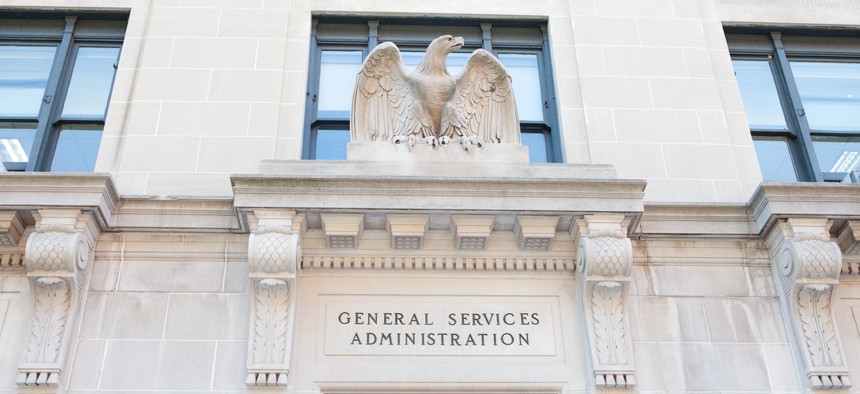GSA Urges Agencies to Include Landlords in Telecom Transition Plans

Mark Van Scyoc/Shutterstock
Landlords will be integral to successful modernization efforts as agencies move to the $50 billion Enterprise Infrastructure Solutions telecom contract.
As federal departments make big moves to transform—and often digitize or otherwise virtualize—their telecommunications capabilities, program leaders are urging agency officials to keep their landlords in the loop.
Every federal agency across government is supposed to be in the midst of a major IT modernization effort through the competition for and transition to new telecom contracts under Enterprise Infrastructure Solutions, a $50 billion contract vehicle managed by the General Services Administration.
While most modernization programs in government are focused on moving away from infrastructure—closing data centers and internal development shops and moving to as-a-service models for everything from servers to software—the future of telecom services requires key physical upgrades.
Before agencies and offices get too far along their modernization plans, the EIS transition team issued a bulletin urging officials to start working with their landlords now.
“Coordination among agencies, contractors, other vendors, building managers, and GSA is necessary for an efficient transition,” the bulletin states, noting that in most cases the landlord will be GSA itself through the Public Buildings Service, or PBS. “When an agency requires infrastructure upgrades in a building managed by GSA’s PBS, coordination with PBS is also crucial to a successful transition.”
Agency EIS leads are instructed to reach out to their PBS point of contact—known as the national account executive—immediately after awarding a task order.
“This is especially appropriate for agencies making enterprisewide decisions from a centralized organization,” GSA notes.
From there, agencies should coordinate with their regional PBS contacts who will take the lead on “work among PBS project managers, facility managers, and lease account managers,” the bulletin states.
Specifically, PBS officials will be expected to weigh in on fire and safety issues during construction work; scheduling routine building escorts, as well as upgraded security for sensitive areas; identifying areas that will need significant construction work, such as running new cables; and equipment storage and removal needs, including upgrades to heating and air conditioning or electric power.
PBS will also be integral in coordinating concurrent projects for multi-tenant buildings in which different agencies—and different EIS vendors—will be attempting to upgrade infrastructure at the same time.
The latest bulletin notes that EIS vendors—the nine contract holders and their subsidiaries—should coordinate through their agency contacts, rather than reaching out to PBS directly.






